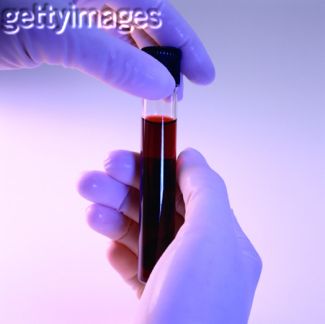

The first thing the Serologist must do is determine if the blood is human or animal. They do this using of the following methods: The Ring Precipitin method or the Double Diffusion method. Once the blood is determined to be human the lab will perform ABO groupings. To give you and example of how many people fall into the same blood grouping, here are the percentages of the four major blood groupings in America: O- 45% white, 49% black, A- 40% white, 27% black, B- 11% white, 20% black, AB- 4% white and black. Sometimes in the absence of blood other bodily fluids from and individual can be typed. These individuals are called secretors, that is, an individual whose bodily fluids, as well as blood can be grouped. A non secretor is one whose blood can be grouped but whose bodily fluids cannot. People who are secretors are labeled under a group called the Lewis Groupings. This group makes up about 80% of the population of the United States and have the ability to secretor their blood group substances into bodily fluids other than blood. Serology is not as definitive as DNA, but it can narrow down the population group of the suspect and is less expensive.



